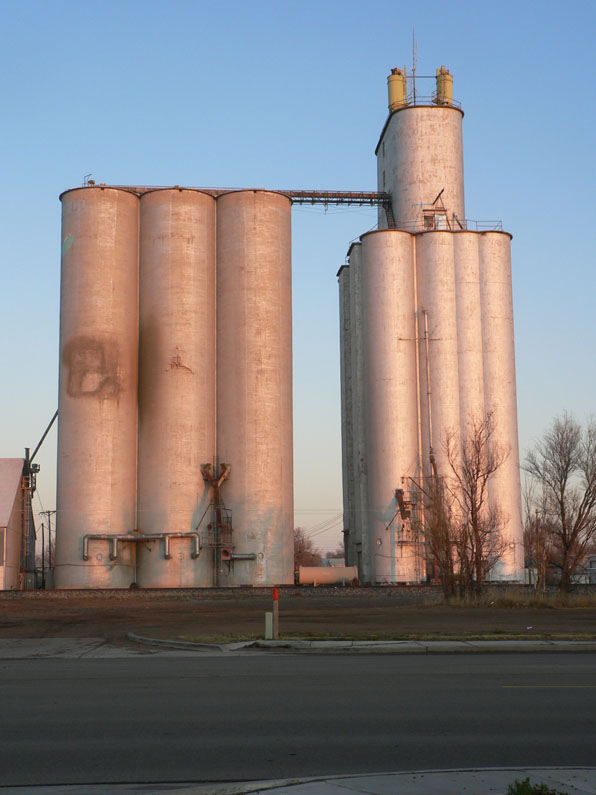Ever since LeCorbusier identified them in Toward An Architecture in 1928, grain elevators and silos have been of endless fascination for architects. Their simple geometric austerity and utilitarian "dumbness" is fascinating, their forms clearly derived from the function of storage and the volumetric efficiencies of a circle extruded.

It is not a coincidence that the chapter in which these photos appear also contains the most famous quote from the tome:
"Architecture is the masterful, correct, and magnificent play of volumes brought together in light."
In the century that followed and the many fractured debates over Modernism, functionalism and formality, the simple structures were either forgotten or too simply parodied in the making of buildings. Their stark beauty, which so impressed LeCorbusier, was dramatically re-envisioned by Bernd and Hilla Becher in their striking black and white images that exhibited across the United States in the early 1990's.

The Becher's images helped revitalize a dormant humanistic Modernism that had been buried by the sophistries of Deconstruction and French philology that came to dominate the architectural academia. If nothing else their photos reminded us that after all, architecture is made of buildings, solid and constructed.

Having grown up in Kentucky I certainly saw my share of silos. And true, they only really became apparent to me after reading LeCorbusier and allowing a new kind of appreciation slowly surface in my awareness of them.

Now it seems I sort of search them out. They are striking and beautiful - if not in their actual construction then in their mass and verticality and how that contrasts so distinctly from the surrounding fields.

And of course, the geometry is sublime - a magnificent play of light.













